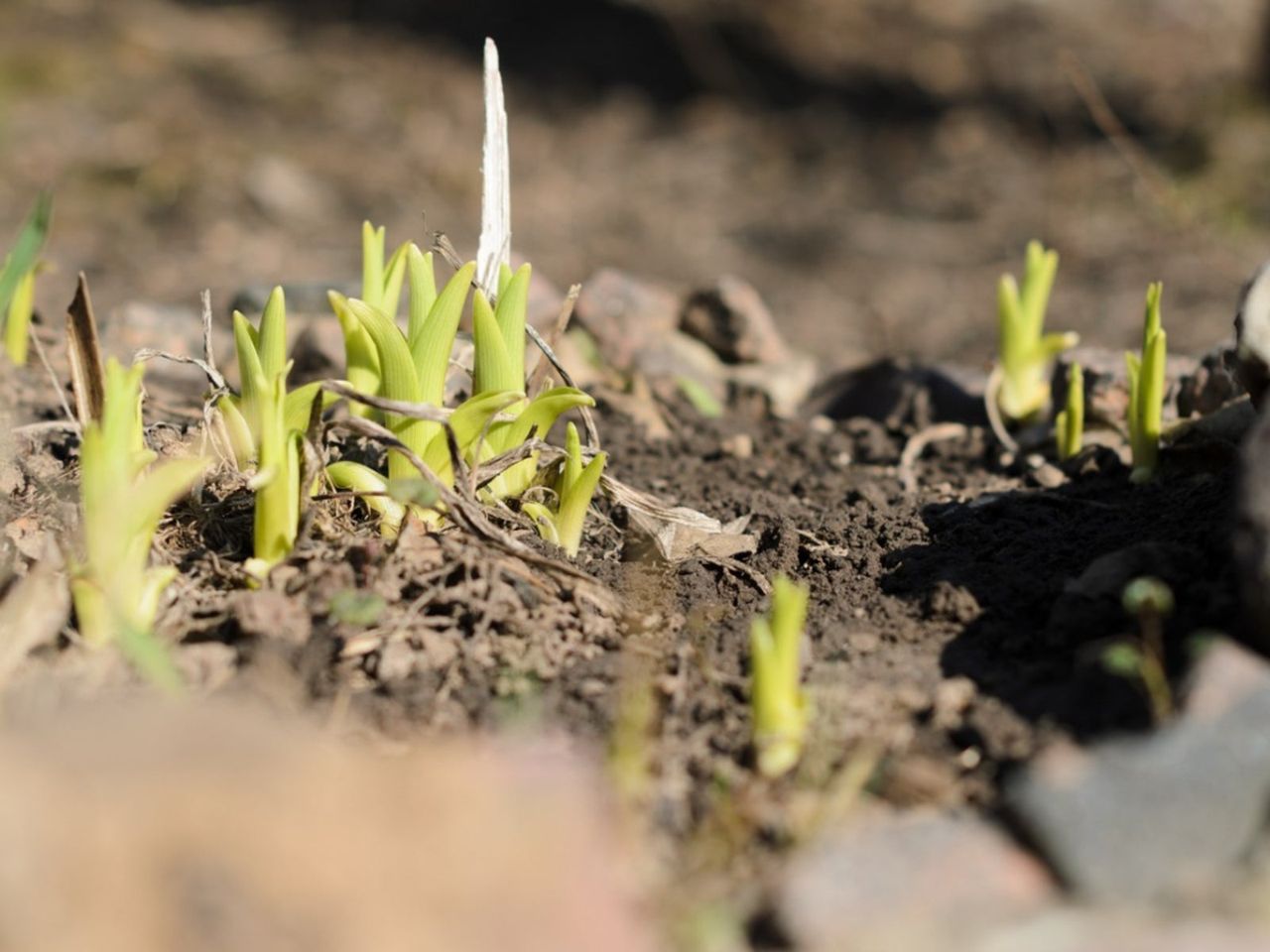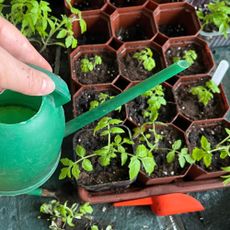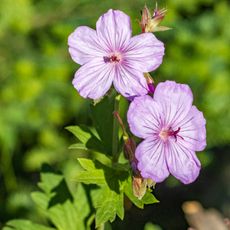How Plants Grow: What Do Plants Need To Grow?
A basic knowledge of how plants grow helps us understand how to support their survival. Here's what gardeners need to know about how plants grow.

What Plants Need To Grow
What does a plant need to survive and grow? It takes several elements for a plant to not just survive but thrive, including light, water, and nutrients. By understanding how plants grow, and what they need, you can become a better gardener or houseplant parent.
How Do Plants Grow?
At a very basic level, plants grow as any other organism does: through cells dividing and differentiating. A plant grows by cell division at specific zones within th plant called meristems. These growth zones are found in shoots and the tips of roots, where plants grow longer or taller. Meristems in roots and stems are where plants grow wider.
Growth at meristems on plants occurs at the signal of specific hormones. When you trim a terminal bud at the tip of growth on one of your garden plants, it stimulates hormones that signal side buds to start growing. Trimming many plants this way gives you a bushier, denser growth habit. Plants grow at root meristems to delve deeply and outward into the soil in search of nutrients and water.
To produce new cells at meristems, a plant needs to create more plant matter. Animals consume food to do this. Plants use photosynthesis to make their own food. They use the energy from light with carbon dioxide absorbed from the air to make sugars that can then be constructed into new cells and plant material. Plants also use minerals in the soil absorbed by the roots.
What Plants Need to Grow
What makes plants grow is multi-faceted. As animals need food, water, air, and shelter, plants also have basic needs. These elements help them survive, grow, and ultimately thrive as healthy plants:
Light
Light is essential for photosynthesis, so it is a must for plants. Sunlight is the typical source, but plants can also thrive indoors under grow lights. Depending on where they evolved, plants need varying amounts of light for the best results.
There are a few plants that, like fungi, take food from other sources and don’t actually photosynthesize. These plants do not need light to grow. An example is Indian pipe (Monotropa uniflora), which is native to parts of the U.S.
Gardening tips, videos, info and more delivered right to your inbox!
Sign up for the Gardening Know How newsletter today and receive a free copy of our e-book "How to Grow Delicious Tomatoes".
Water
Plants are about 95% water, so they must be able to take in water, mostly through their roots. The process of transpiration draws water up from the roots to the rest of the plant, carrying nutrients from the soil and maintaining pressure in cells and other plant structures.
Water
Plants are about 95% water, so they must be able to take in water, mostly through their roots. The process of transpiration draws water up from the roots to the rest of the plant, carrying nutrients from the soil and maintaining pressure in cells and other plant structures.
Soil
Not all plants need soil, but most do. Soil is important for anchoring plants in the ground and absorbing water and nutrients. Air plants that do not require soil live on other plants or structures and take in water and nutrients from the air.
Air
Air provides the carbon dioxide that plants use to make their own food. They also need to be able to use oxygen from the air to break down food for energy, a process called respiration that animals also engage in.
Nutrients
While plants make sugars out of light and carbon dioxide, they need to get other minerals from the soil to make all the structures that help them thrive and grow. These include macronutrients like nitrogen, phosphorus, and potassium. They also need micronutrients, like zinc and magnesium.
Warmth
Temperature is important for plants. In general, as temperatures warm, plants increase rates of photosynthesis, respiration, flowering, germination, and other processes. This means they grow faster in warm temperatures. When the temperature is too cold, a plant cannot continue growing and will either go dormant or die. Temperature requirements and tolerances vary by plant.
Space
Plants need space to grow for many reasons. Adequate space allows exposure to sunlight for photosynthesis and circulation of air for respiration. Limited space can lead to damp conditions that cause disease to take hold and spread. Cramped space also forces plants to compete for resources, like water and nutrients.
Time
Of course, growth takes time. With the optimal conditions, a plant will grow faster, but there is always a limit. Some plants grow faster than others, but all need time to mature and grow.
As a gardener, understanding these basic needs helps you create the best possible environment for plants. Optimize your garden and plant growth by providing all of these.

Nikki Tilley has been gardening for nearly three decades. The former Senior Editor and Archivist of Gardening Know How, Nikki has also authored six gardening books.
-
 How Often To Water Seedlings? The Best Schedule For Healthy Growth
How Often To Water Seedlings? The Best Schedule For Healthy GrowthLearn how much to water seedlings at every stage of the growing process – from germination to transplanting in the garden – plus the best methods for success.
By Teo Spengler
-
 Sticky Geranium Care: Everything You Need To Know About This Wild And Wonderful Plant
Sticky Geranium Care: Everything You Need To Know About This Wild And Wonderful PlantA sticky geranium is a pretty filler in a flower bed or a pot on your balcony. Don’t let the sticky part of their nature put you off - pollinators love them!
By Tonya Barnett

